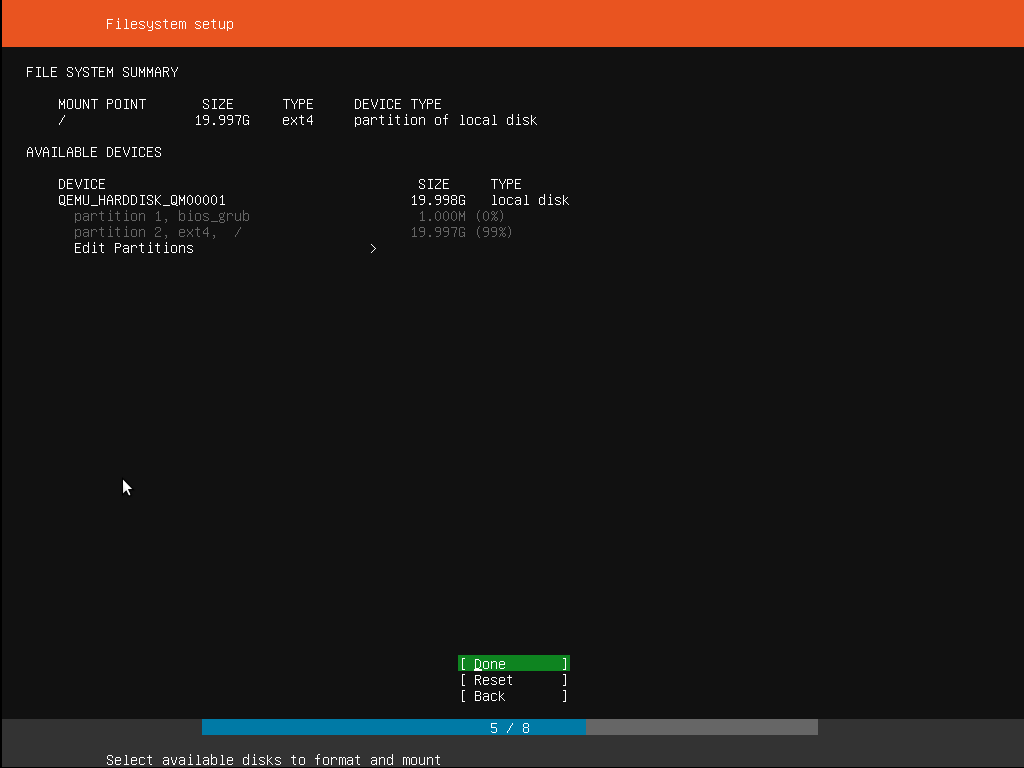



The iostat command shows in detail what your storage subsystem is up to. Once your server is running at init 3, you can start using the following shell programs to see what’s happening inside your server. If you don’t want to reboot after this change, you can also set your server’s run level immediately with the command: init 3 The next time you boot into your server, it will boot into runlevel 3. If there is no inittab file, create it and add the id:3 line. Once there, find the initdefault line and change it from: id:5:initdefault: To do so, head to a terminal window, su to the root user, and use your favorite editor on /etc/inittab. If your server starts by booting into a graphical desktop, you need to change this. If you really need a graphical desktop, you can always get one by running startx from a shell prompt. For optimum performance, a Linux server should run at runlevel 3, which fully supports networking and multiple users but doesn’t start the GUI when the machine boots. This also means you should start a GUI on a server only when it’s required don’t leave it running. So, while using a GUI program is fine for basic server health checkups, if you want to know what’s really happening, turn off the GUI and use these tools from the Linux command shell. That’s because Linux GUIs take up system resources that could be better used elsewhere. However, it’s a Linux administrator truism that you should run a GUI on a server only when you absolutely must. And there are universal tools, such as Webmin and cPanel, which can be used on any Linux server. SUSE Linux Enterprise Server and openSUSE, for example, have an excellent graphical configuration and management tool, YaST.

Sure, you can use a GUI program to pull up much of the information that these shell commands can give you, depending on the Linux distribution. Once you’ve learned them, you’ll be well on your way to being an expert Linux system administrator. Want to know what’s really going on with your server? Then you need to know these essential commands.


 0 kommentar(er)
0 kommentar(er)
